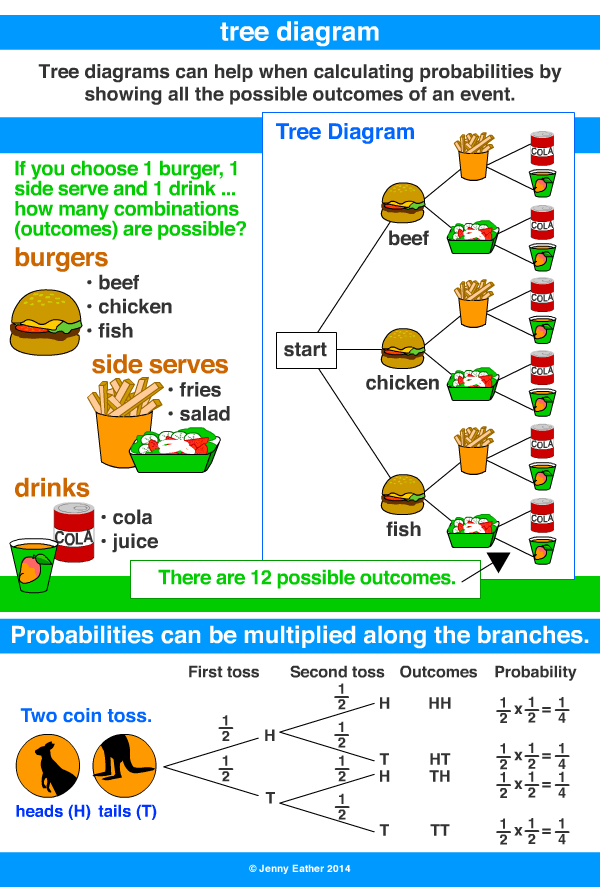Post History
#2: Post edited
- Ironically, this textbook highlights understanding over memorization, but it doesn't expatiate the two WHY's in the question title!
- >When faced with a series of independent choices, one after the other, we **multiply** the number of options at each step. When faced with exclusive options (meaning we can't choose more than one), we **add** the number of options.
- >
- >Make sure you see the difference. Don't memorize it — understand it.
- David Patrick, [BS Math & Computer Science, MS Math (Carnegie Mellon), PhD Math (MIT)](https://artofproblemsolving.com/wiki/index.php/David_Patrick). *Introduction to Counting & Probability* (2005), p 29.
- This multiplication is commonly pictured as [a Tree Diagram](http://www.amathsdictionaryforkids.com/qr/t/treeDiagram.html), but Tree Diagrams don't expound it.

- Ironically, this textbook highlights understanding over memorization, but it doesn't expatiate the two WHY's in the question title!
- >When faced with a series of independent choices, one after the other, we **multiply** the number of options at each step. When faced with exclusive options (meaning we can't choose more than one), we **add** the number of options.
- >
- >Make sure you see the difference. Don't memorize it — understand it.
- David Patrick, [BS Math & Computer Science, MS Math (Carnegie Mellon), PhD Math (MIT)](https://artofproblemsolving.com/wiki/index.php/David_Patrick). *Introduction to Counting & Probability* (2005), p 29.
- This multiplication is commonly pictured as [a Tree Diagram](http://www.amathsdictionaryforkids.com/qr/t/treeDiagram.html), but Tree Diagrams don't expound it.
- 
#1: Initial revision
Why 1. multiply the number of independent options? 2. add the number of exclusive options?
Ironically, this textbook highlights understanding over memorization, but it doesn't expatiate the two WHY's in the question title! >When faced with a series of independent choices, one after the other, we **multiply** the number of options at each step. When faced with exclusive options (meaning we can't choose more than one), we **add** the number of options. > >Make sure you see the difference. Don't memorize it — understand it. David Patrick, [BS Math & Computer Science, MS Math (Carnegie Mellon), PhD Math (MIT)](https://artofproblemsolving.com/wiki/index.php/David_Patrick). *Introduction to Counting & Probability* (2005), p 29. This multiplication is commonly pictured as [a Tree Diagram](http://www.amathsdictionaryforkids.com/qr/t/treeDiagram.html), but Tree Diagrams don't expound it. 


















